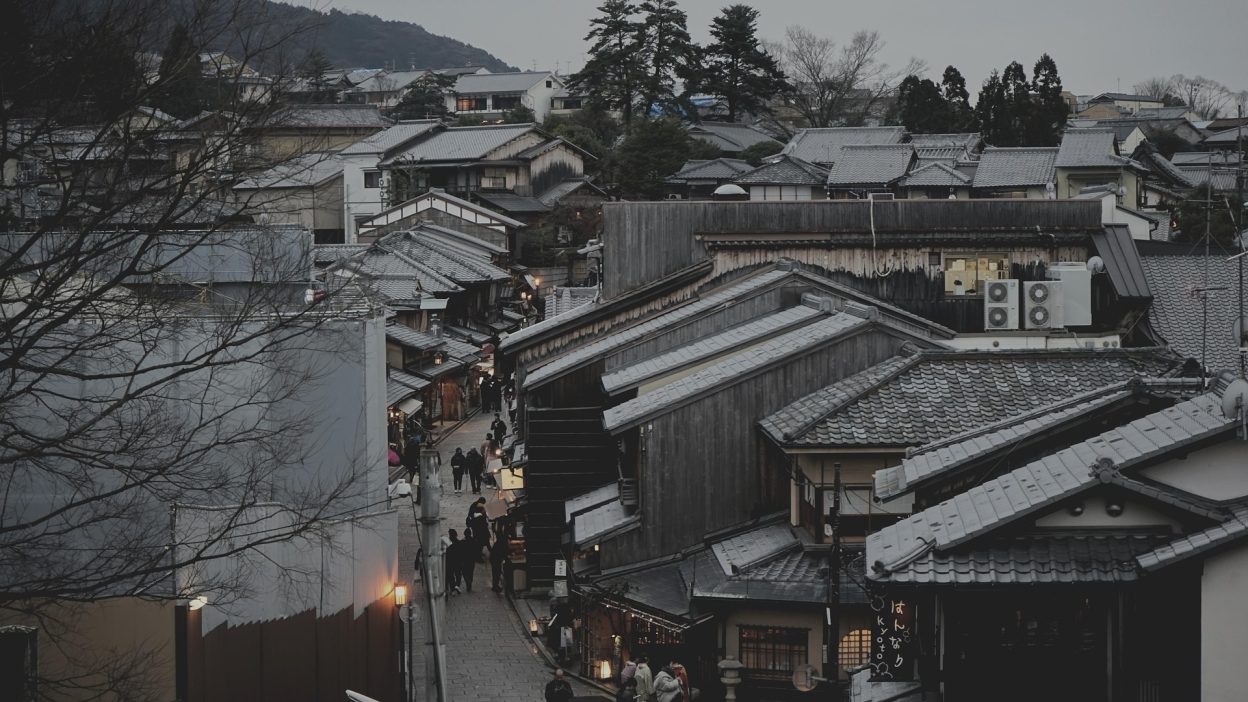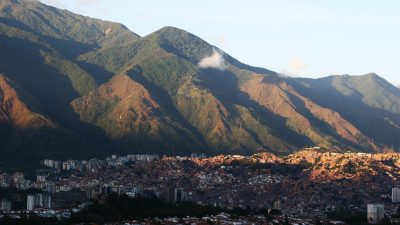How Japan’s Failure To Prepare Cost Thousands Of Lives
The 1938 Hanshin Flood is one of Japan’s most devastating yet underreported natural disasters. Occurring in the Kansai region, particularly affecting Osaka, the flood left a deep scar on the region’s infrastructure and economy. Despite its catastrophic impact, this disaster is often overshadowed by more prominent events in Japan’s history. The flood serves as a stark reminder of how natural events, combined with human negligence, can lead to unimaginable destruction.
How the 1938 Hanshin Flood Exposed Japan’s Vulnerabilities
The Hanshin Flood was not just a natural disaster but also an eye-opener for Japan, highlighting its vulnerabilities in flood control and disaster preparedness. The flood was worsened by the country’s rapidly growing urbanisation, which lacked proper drainage systems to handle the overwhelming rainfall. At the time, Japan’s flood prevention infrastructure was insufficient, and the government had failed to make the necessary improvements despite knowing the risks. This negligence contributed to the severity of the disaster and underscored the need for long-term solutions in urban planning and infrastructure development.
The Hanshin region’s vulnerability was further amplified by the lack of coordinated disaster response. The flooding was so widespread that it overwhelmed the local authorities, leaving the affected communities to fend for themselves. This lack of preparedness led to greater loss of life and property, demonstrating that Japan had not fully grasped the potential impact of such floods on its dense urban centres.
Death Toll and Destruction: The Human Cost of the 1938 Hanshin Flood
- Over 2,000 lives lost: The 1938 Hanshin Flood caused the deaths of over 2,000 people. The floodwaters submerged vast areas, drowning both residents and those caught off guard by the sudden rise in water levels.
- Thousands injured: Aside from the fatalities, countless others were injured, many suffering from serious trauma, hypothermia, and drowning-related injuries. Hospitals and medical services were overwhelmed by the sheer number of casualties.
- Mass displacement: The flood also left hundreds of thousands of people homeless. Entire communities were destroyed, and many residents were forced into makeshift shelters while they awaited aid.
- Economic damage: The destruction of infrastructure, homes, and agricultural lands led to long-term economic consequences. The flood caused billions of yen in damages, crippling businesses and livelihoods for years to come.
- A long-lasting impact: The recovery process was slow, and the psychological scars of the flood affected the survivors for years, as they struggled to rebuild their lives amid the devastation.
Unprepared and Unaware: How Japan Let the Hanshin Flood Happen
The 1938 Hanshin Flood did not happen by chance. Rather, it was the culmination of years of neglect and inadequate planning. Despite Japan’s rapid industrialisation, the government failed to take adequate measures to prevent such a disaster. The floodplain of the Hanshin region was home to many factories, homes, and vital infrastructure, yet the drainage systems were outdated and inefficient. Local authorities were ill-prepared to manage the deluge, which quickly overwhelmed the area.
This lack of preparedness can also be attributed to a general sense of complacency. The frequency of heavy rains and the possibility of flooding were well known to experts, yet there was no sufficient action taken to fortify the area against such an event. As a result, when the floodwaters came, they quickly became a full-scale catastrophe.
The Devastating Aftermath of the Hanshin Flood: Could It Have Been Prevented?
The aftermath of the 1938 Hanshin Flood was characterised by widespread devastation and a slow recovery process. The economic toll on businesses, particularly in the agricultural sector, was immense, with crops destroyed and vital trade routes disrupted. The destruction of homes and infrastructure further hindered the region’s ability to return to normal life.
The question remains: Could this disaster have been prevented? Many experts argue that, had the government implemented better flood control measures, such as improved river embankments and urban drainage systems, the scale of the disaster could have been mitigated. Additionally, better forecasting and disaster response protocols could have saved more lives and reduced damage.
Political Failures and Mismanagement: The Dark Side of the Hanshin Flood
The Hanshin Flood is often viewed through the lens of natural disaster, but political mismanagement also played a significant role in exacerbating the crisis. Despite the ongoing urbanisation and growth in the region, the Japanese government failed to allocate adequate resources to flood prevention. Furthermore, the response to the flood was disorganised and delayed, with local authorities struggling to manage the emergency. Many residents felt abandoned as they waited for assistance that took too long to arrive.
The handling of the flood also raised serious questions about the priorities of the government. Instead of focusing on crucial infrastructure projects, funds were often redirected to other areas, leaving flood control measures neglected. This political failure compounded the damage caused by the flood and left the region vulnerable to future disasters.
Lessons from the 1938 Hanshin Flood: What Japan Did Wrong and How to Avoid It Again
The Hanshin Flood serves as a harsh lesson in what happens when a country fails to prioritise disaster preparedness. Looking back, Japan’s lack of investment in flood control measures proved to be its biggest mistake. The flood demonstrated the need for more robust infrastructure, better urban planning, and a faster, more coordinated emergency response system.
To avoid similar disasters in the future, Japan has since made significant strides in improving flood management and urban infrastructure. However, the tragedy of the Hanshin Flood is a reminder that even the most advanced nations must continuously adapt and plan for natural events, particularly in rapidly growing urban centres.
The Hanshin Flood and Its Long-Term Effects on Japan’s Flood Management Systems
The 1938 Hanshin Flood marked a turning point in Japan’s approach to flood management. In the aftermath, the government began to implement major reforms aimed at improving the country’s ability to handle floods. Investments were made in constructing better drainage systems, reinforcing river embankments, and creating more accurate flood prediction models.
These changes significantly improved Japan’s preparedness for future floods, making the country one of the leaders in disaster management. However, the legacy of the 1938 flood is a reminder that no infrastructure is foolproof, and constant vigilance is necessary to protect vulnerable populations from the destructive power of nature.
Conclusion: The Hanshin Flood of 1938—Japan’s Tragedy That Left a Lasting Legacy
The 1938 Hanshin Flood may have been overshadowed by other historical events, but its impact continues to resonate in Japan’s disaster management strategies today. The flood highlighted critical flaws in the country’s infrastructure and response systems, forcing the government to rethink how to handle natural disasters. While Japan has made significant improvements since then, the tragedy serves as a warning about the importance of preparedness and infrastructure investment.
Ultimately, the Hanshin Flood remains a tragic chapter in Japan’s history, one that reminds us of the fragile balance between human development and nature’s power.
5 Short FAQs:
- What caused the 1938 Hanshin Flood?
Heavy rainfall combined with outdated flood infrastructure caused the Hanshin Flood. Japan’s urbanisation worsened the situation, preventing water from draining efficiently. - How many people died in the Hanshin Flood of 1938?
Over 2,000 people lost their lives, and many more were injured. The flood caused extensive damage to both property and lives. - Was the Japanese government prepared for the 1938 Hanshin Flood?
No, the government failed to implement adequate flood control measures, which contributed to the disaster’s scale. - What was the economic impact of the Hanshin Flood?
The flood caused billions of yen in damages, disrupting businesses and destroying agricultural lands, leading to long-term economic recovery challenges. - Did the Hanshin Flood lead to any changes in flood management in Japan?
Yes, Japan implemented stricter flood management systems and invested in infrastructure improvements to prevent similar disasters in the future.
References:
1938 Hanshin Flood
List of Disasters in Japan by Death Toll




